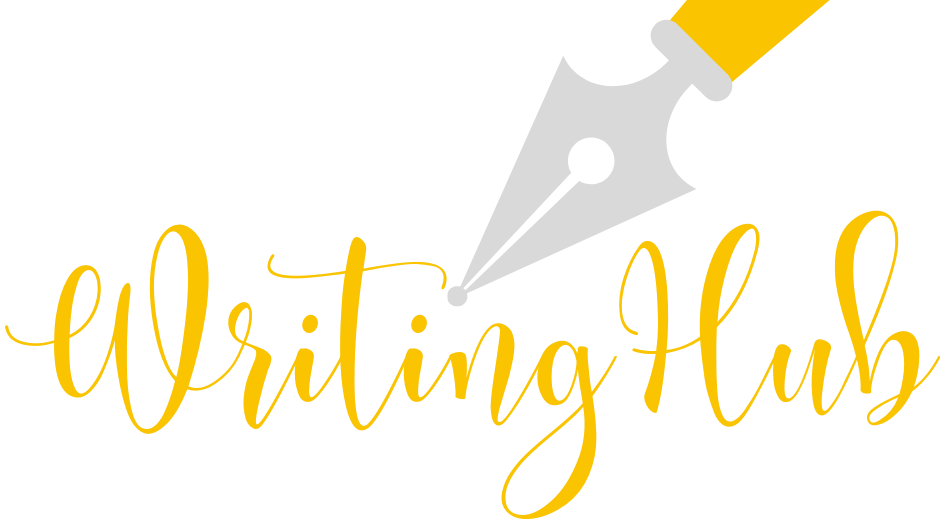 Crafting Powerful Presentations for Nonprofits and the Social Sector: A Guide to Driving Impact and Engagement
Crafting Powerful Presentations for Nonprofits and the Social Sector: A Guide to Driving Impact and Engagement
Presentations are among the most valuable tools for nonprofits and social sector organizations to communicate their mission, impact, and needs. With a well-structured presentation, nonprofits can effectively reach donors, policymakers, and community partners. At Writing Hub, we specialize in helping nonprofits create presentations that resonate and inspire, helping organizations secure funding, attract volunteers, and spread awareness.
Begin with a Mission-Driven Storytelling Approach
Nonprofit work is deeply personal, and audiences respond best to a narrative that illustrates the impact of your mission. Stories make abstract concepts tangible, allowing people to relate on an emotional level. Here’s how to integrate storytelling into your presentation:
- Opening Narrative: Start with a short story about a beneficiary or community helped by your organization. This can be as simple as describing a day in their life or the journey they’ve taken with your support.
- Case Study Slides: Dedicate a few slides to a detailed success story, walking the audience through the challenge, the solution your nonprofit provided, and the outcome.
- Incorporate Quotes: Adding direct quotes from beneficiaries, volunteers, or partners helps bring authenticity and depth to your narrative.
Clearly State Your Mission, Vision, and Values
Next, provide your audience with a clear understanding of what drives your organization. This is your opportunity to set the tone and define your unique approach:
- Mission Statement: A concise, impactful description of your purpose. Avoid jargon and focus on clarity.
- Vision Statement: Illustrate the world you envision if your mission succeeds, painting a picture of the potential positive change.
- Core Values: Highlight the guiding principles that shape your work, such as integrity, equity, and transparency.
At Writing Hub, we help nonprofits define these statements clearly and incorporate them into presentation slides that visually reinforce their meaning.
Define the Problem with Data and Real-World Examples
Make the problem your nonprofit addresses clear and relatable. Use data and storytelling together to convey the urgency of your mission:
- Statistics: Share up-to-date and relevant statistics to emphasize the scope of the issue, such as the number of people affected, the social or environmental cost, or the rate of change.
- Visual Examples: Show images or brief videos that reflect the communities impacted, creating a vivid mental image for your audience.
- Comparative Data: Highlight disparities or differences, such as comparing regions or demographics, to further illustrate the need for intervention.
Our team at Writing Hub can help create visually compelling data slides that not only communicate the gravity of the problem but make it easy to understand and remember.
Present Your Solution with Clarity
Once you’ve illustrated the problem, shift the focus to your organization’s solution. Describe your programs, strategies, or advocacy work in a way that shows why your approach is effective:
- Program Breakdown: List each of your programs and describe its specific objectives, target population, and the services provided.
- Impact Metrics: Show results from each program, such as lives impacted, improvement percentages, or resource allocations. Visual aids like graphs, icons, and photos add clarity and engagement.
- Scalability: If your program has potential for growth, briefly touch on how additional resources could help expand its impact.
For example, at Writing Hub, we help nonprofits design “program slides” that visually capture program details and benefits, enhancing understanding and interest.
Illustrate Your Impact through Data Visualization
Data visualization is an effective way to showcase your organization’s achievements and impact, making complex information easy to digest:
- Progress Charts: Show a timeline or milestone chart that illustrates key achievements or major events in your organization’s history.
- Impact Visuals: Use maps, charts, or infographics to illustrate where your organization has made an impact or to display metrics like funds raised, resources provided, or lives improved.
- Financial Data: Create a pie chart or bar graph to break down your budget allocation, showing transparency in how funds are used and reinforcing accountability.
Writing Hub offers professional design services to nonprofits, using data visualization techniques that make impact metrics memorable and persuasive.
Build Credibility with Partnerships and Community Involvement
Strong partnerships and community relationships reinforce the importance and reliability of your organization. Highlight your relationships to build trust with your audience:
- Partner Logos and Descriptions: Show logos of reputable partners or feature brief descriptions of their role in your mission.
- Volunteer and Donor Recognition: Acknowledge significant contributions from volunteers, donors, or community leaders.
- Shared Success Stories: Share stories of how partnerships have led to impactful results, emphasizing that community support multiplies your impact.
Use an Effective Call-to-Action to Inspire Support
The call to action (CTA) is the most important part of your presentation. It should be direct, persuasive, and clear:
- Donate: Include information on how donations are accepted, with links or QR codes for easy access. Specify the types of contributions (e.g., one-time, recurring) that will support your programs.
- Get Involved: Describe the different volunteer opportunities available and how they contribute to your mission. Provide clear next steps for joining.
- Spread the Word: Encourage audience members to become advocates, sharing your cause on social media or through their networks.
At Writing Hub, we help nonprofits craft calls-to-action that resonate, ensuring audiences know how they can make a difference.
Showcase Transparency and Financial Accountability
Transparency is a top priority for many donors and stakeholders. Dedicate a section of your presentation to demonstrate your organization’s financial responsibility and transparency:
- Budget Breakdown: Show where donations go, whether it’s towards programs, administration, or fundraising, and highlight percentages if available.
- Annual Reports and Audits: Mention any annual reports or third-party audits that validate your use of funds, providing links if your presentation is digital.
- Impact per Dollar: Show how much impact each dollar or donation level has, like “$50 feeds a family for a week,” to encourage support.
Transparency fosters trust, and Writing Hub can help nonprofits showcase their financial responsibility in a professional, compelling format.
Focus on Design Consistency and Brand Identity
Design consistency reflects professionalism and reinforces your nonprofit’s brand. Ensure every slide aligns with your nonprofit’s identity:
- Brand Colors and Fonts: Use colors that match your logo and brand, creating a visually cohesive presentation.
- Images and Iconography: Incorporate high-quality images that reflect your nonprofit’s work, avoiding stock images that feel generic.
- Clear Layout: Keep text minimal and break it into bullet points or small paragraphs, making slides easy to read.
At Writing Hub, our presentation design services emphasize brand consistency to create presentations that look polished and professional.
Enhance Engagement with Interactive Elements
Interactive elements create a dynamic presentation, keeping your audience engaged. This could be especially helpful in live presentations, such as at fundraising events:
- Live Polls and Surveys: Ask questions to the audience to gauge their understanding or get immediate feedback on potential involvement.
- Social Media Integration: Encourage the audience to follow your organization’s social media or use a hashtag to share their thoughts, expanding your reach.
- Q&A Sessions: Leave time at the end for a Q&A, encouraging audience interaction and offering a space for clarification and deeper engagement.
Conclusion: Amplify Your Mission with a Well-Crafted Presentation
Creating a presentation that balances storytelling, data, and design can significantly boost a nonprofit’s ability to connect with supporters and mobilize action. By following these strategies, you can craft a presentation that not only informs but moves your audience to join, support, or advocate for your cause.
For nonprofits looking to enhance their message, Writing Hub offers specialized presentation services that bring out the best in every cause. We combine data visualization, storytelling, and design expertise to help nonprofits create presentations that leave a lasting impact and drive real change.
Let Writing Hub be your partner in creating presentations that captivate and mobilize. Whether you’re preparing for a fundraising event, an impact report, or a community meeting, we’re here to help you communicate your vision and inspire your audience.



